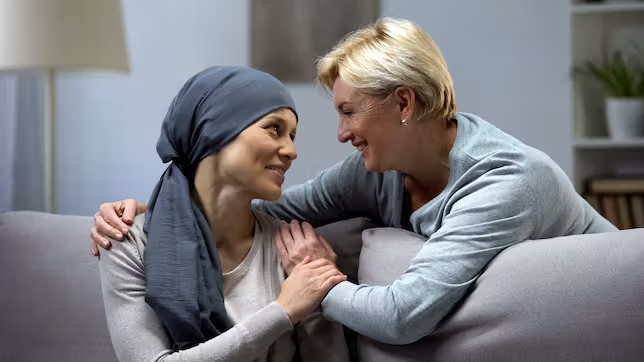
Debu Tripathy, MD, University of Texas, MD Anderson Cancer Center at Houston, discussed the basic requirements of personalizing therapy.
Understanding breast cancer, which patients may be more vulnerable to long-term effects, and who benefits the most are just some of the ways oncologists can design the best personalized neoadjuvant and adjuvant human epirdermal growth factor receptor 2 (HER2)-targeted therapy, according to a session at the virtual 38th Annual Miami Breast Cancer Conference® (MBCC).
Debu Tripathy, MD, University of Texas, MD Anderson Cancer Center at Houston, discussed the basic requirements of personalizing therapy, which includes:
- Knowledge of the natural history of the disease.
- Known effective therapies, or differential impact of several therapy options.
- Characterized toxicities, including vulnerable populations and risk factors.
- Clinical or biomarker factors that predict benefit.
- Risk-adapted or biomarker-adapted trials that demonstrate differential benefits and safety.
Tripathy mentioned how trials can help inform new standards that allow for de-escalation or escalation from the beginning or in “real time” of the patient’s course of treatment.
“We can design a single-arm trial with a statistical plan,” Tripathy said. “If we see a good enough outcome, we might be able to adopt them into our practice.”
Specifically, Tripathy noted the differences in adaptive therapy and the escalation and de-escalation in HER2-positive early-stage breast cancer. When adjuvant and node negative, there is T1/smaller T2 or paclitaxel plus trastuzumab used, or TCH is considered for larger node-negative. When it is node positive, one should consider chemotherapy with trastuzumab plus pertuzumab, Tripathy said.
Further, neoadjuvant is the best for T2-positive/N1-positive, according to Tripathy, which involves chemotherapy with trastuzumab plus pertuzumab. Following this, surgery is considered and PCR (trastuzumab +/- pertuzumab) versus no PCR (TDM-1 every 3 weeks x 14) is looked at. For a higher risk (hormone-receptor-positive), neratinib should be considered.
Tripathy also discussed the physiology of trastuzumab-related cardiac dysfunction. Trastuzumab is an antibody that targets HER2 proteins, and since HER2 is expressed at low levels on adult myocytes, it can lead to a stress-induced progressive wall dilatation, which is thinning and decreased contractility, according to Tripathy. In a cultured mytocyte, the myopathic changes from trastuzumab and other HER2 being absent and can be reversed with neuregulin 2b.
REFERENCE
Tripathy D. Personalizing Neoadjuvant and Adjuvant HER2-Targeted Therapy. Virtual 38th Annual Miami Breast Cancer Conference®. Accessed March 5, 2021.
"breast" - Google News
March 12, 2021 at 12:26AM
https://ift.tt/2PUP0HX
Personalizing Breast Cancer Neoadjuvant and Adjuvant HER2-Targeted Therapy - Pharmacy Times
"breast" - Google News
https://ift.tt/2ImtPYC
https://ift.tt/2Wle22m
Bagikan Berita Ini















0 Response to "Personalizing Breast Cancer Neoadjuvant and Adjuvant HER2-Targeted Therapy - Pharmacy Times"
Post a Comment